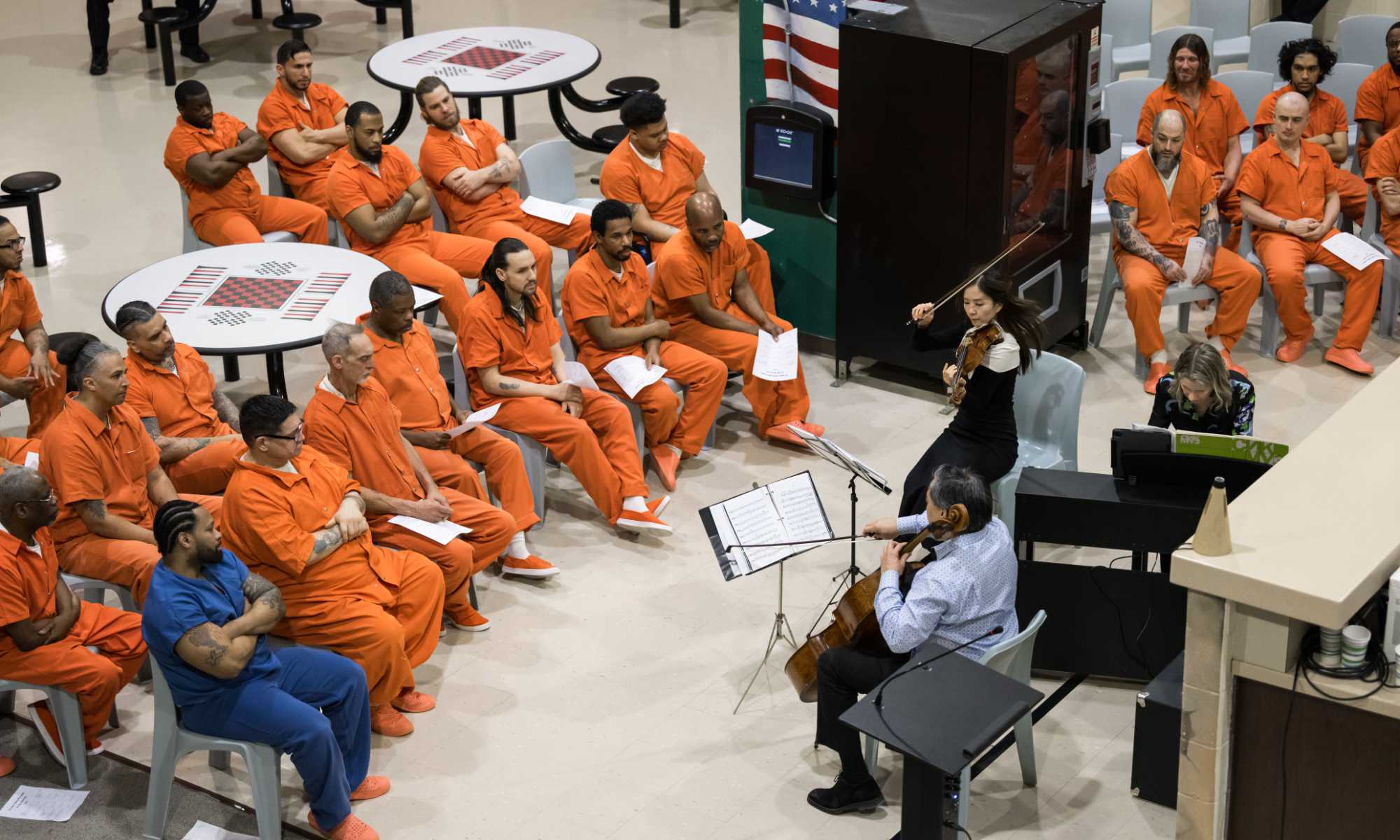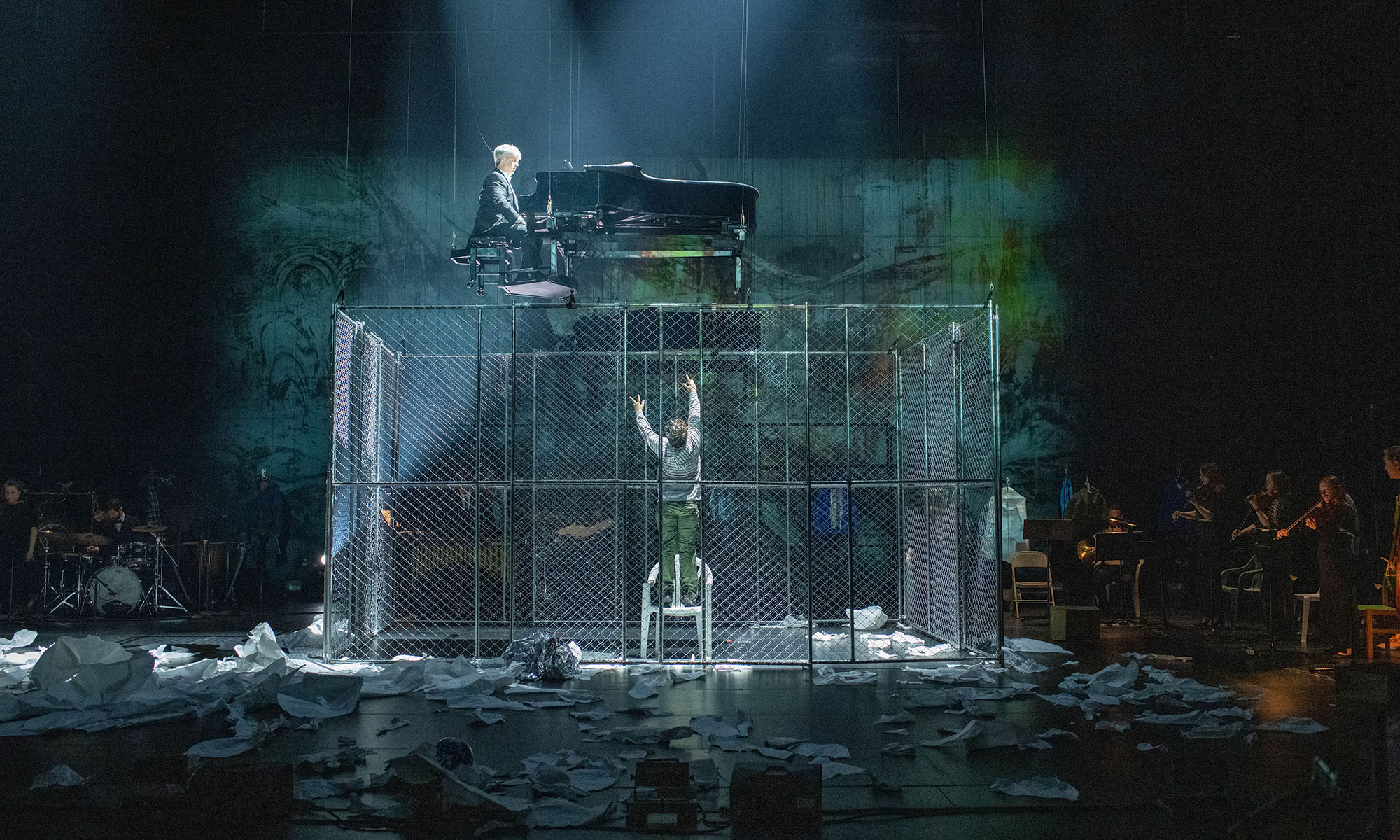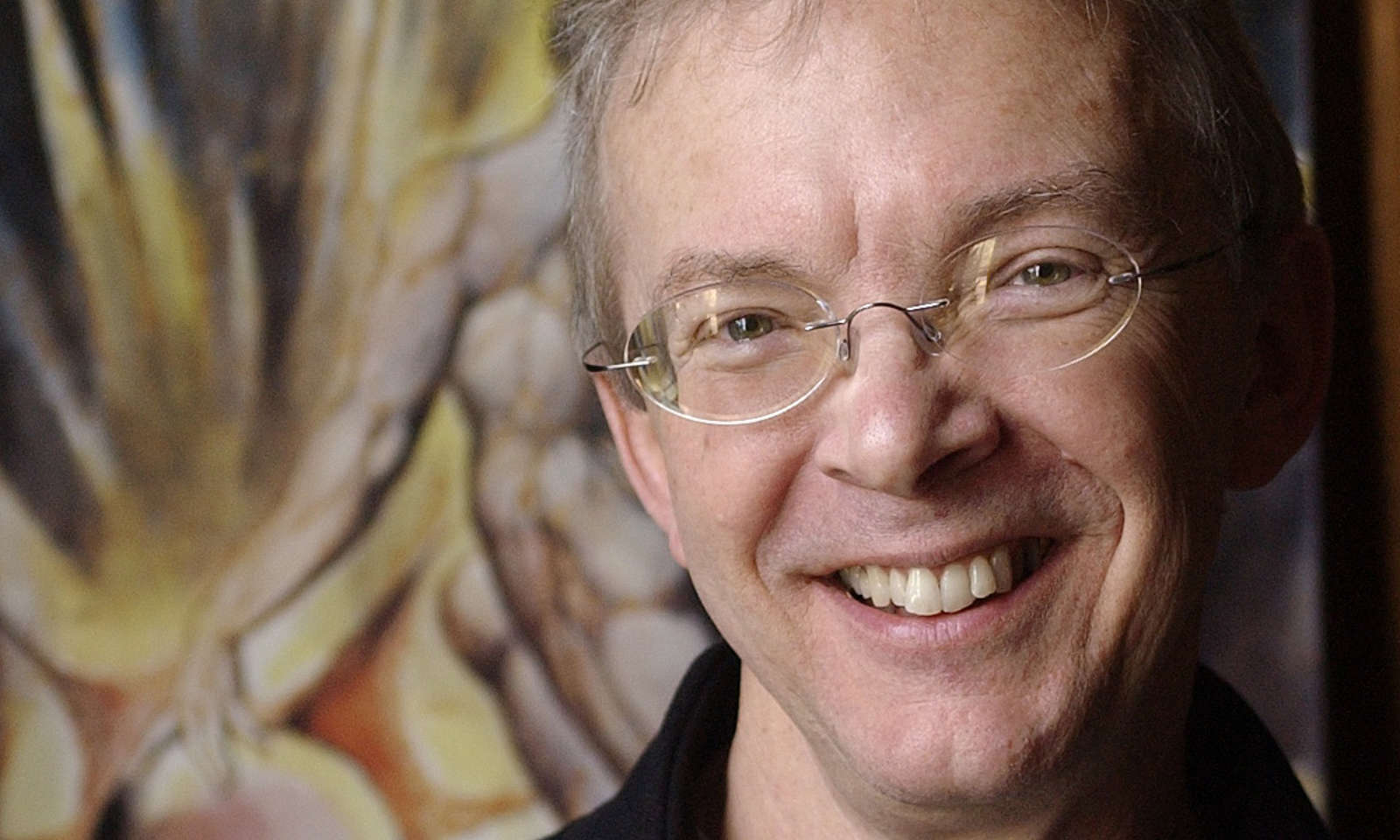Just a month short of his first anniversary as the Mary W. and Donald R. Clark Director of the Memorial Art Gallery, Jonathan Binstock convenes with Facilities personnel and registrar Monica Simpson, scooting around the Hawks Gallery in brown canvas Oxford sneakers as they mediate the reinstallation of over 60 works from the Contemporary and Modern Art Collection—an understated feature of the museum until Binstock’s inaugural vision to “return the view” of the last 70 years of art history.
“Those 70 years will become 100 years and 100 years will become 150 years,” he says. “So, it’s been quite rewarding to really move the needle in the past ten [or] eleven months by making a few key acquisitions and, I would say, taking advantage of some opportunities that could transform the collection in a significant way.”
From an Egyptian terracotta toy boat circa 3,500 BC to a recently acquired 2014 portrait by African American multimedia artist Mickalene Thomas, a visit to the art gallery is to a realm where humanity’s artistic expressions are made relative over five millennia of visual and material culture. Cross the glass threshold into the Forman Gallery and a new salon-style arrangement by curator Nancy Norwood features portraits spanning 500 years that surround and return the viewer’s gaze.
Conventional museum distinctions converge hard and fast—geography by time—but Binstock expects patrons will experience, rather, the dynamism of history through art. “There’s change, of course, through the centuries, and there’s continuity,” he says. “And giving our visitors sign posts along the road, touch points—physical, actual touch points—with which to think through these issues of continuity and change, and how history unfolds, is really what we are striving for.”
Acquiring and displaying world art from the last 70 years presents viewers with expanding notions of what art is and can be, comparing the classical or “traditional” with more overt sociocultural issues that can bloom in the context of modern works.
“I think it depends on the viewer when you try to make distinctions of what’s more challenging,” says Binstock.
A classically rendered figurative painting, for example, may be as challenging to one viewer as an abstract conceptual piece may be to another.
“You know, it’s a very subjective question … It’s very important that we give some aspect of our purview all the love and attention that we can because every aspect of our purview will relate [to] or engage someone. And so if you disregard one area, you’re potentially disregarding the people out there who would be engaged in that way…” Thus, Binstock and the curatorial staff provide viewers with the thinking space for art works to speak for themselves.
Key acquisitions showing in the Hawks and Wilson galleries include a portrait of postwar jazz paragon Charlie Parker by painter Beauford Delaney—confidant and mentor to writer James Baldwin; another is a painted portrait on a vase by transgender artist Grayson Perry, exploring the idealizations of the “heterosexual couple” with a twist. Perry’s portrait is of a divorced English family who share in each other’s lives through their love of ballroom dancing. Binstock says that the vase is about “a family that’s divided, but in some respects, it’s a family that’s more tightly knit than many families,”—even those without parental separation.
An evocative, self-illuminated work by African-American sculptor and performance artist Nick Cave features a found object of vernacular furniture—a wooden piano stool depicting the buckling figure of a young African-American man—raised from the ground by a modern stool, as if displayed on its own pedestal. Above the piano stool, the artist built a tangle of chandelier crystals and rosary beads festooned with ceramic birds, flowers, and decorative floral ephemera. The piece in its entirely invites the viewer to consider the new veneration of the contorted figure, once crushed beneath the weight of someone else’s musical pastime.
Binstock envisions a museum for visitors to see themselves and their lives reflected on the walls. “We want for everyone to feel welcome, to feel a part of this place,” he says.
The opening event for the Modern and Contemporary Collection reinstallations will be August 27 as a special MAG Thursday. Student admission is free.



